Review: CM custom strobe diffusers
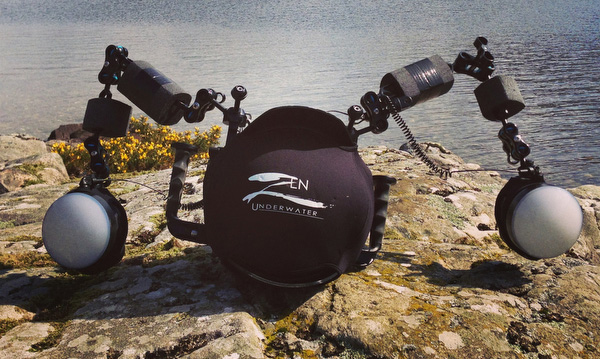
Broadly speaking, underwater strobes have “I”, “T” or circular shaped flash tubes. These emit a very bright light for a very short period which is converted into a more uniform beam by a reflector and/or prism that is built in around the tubes. This is fairly shallow and located close to the front of the strobe housing which allows the strobe’s beam to be spread out at a fairly wide angle, giving coverage for use with wide-angle or fisheye lenses. Of course, the wider a strobe’s angle of coverage, the more its power is spread and hence the effect of its light output will be diminished.
Another way of maximising flash power output, while providing an acceptable coverage is to use a diffuser. Most strobe manufacturers provide diffusers to even out and spread the light output from their strobes. Some actually list the angles that the diffusers create. For example the Sea& Sea YS-D1 without a diffuser provides a 70° spread of light. It is supplied with 2 diffusers, one giving a 100° spread and one giving 120°. The downside to these is that the 90° diffuser uses one stop of the strobe’s output, and the 120° diffuser uses 2 stops.
Another function that the diffusers provide is to modify the color temperature of the light that lands on the subject. In order to achieve high output, long battery life and compact size, many strobe manufacturers are forced to use very cool light output (5500°K or more). Whilst this can be somewhat corrected in post processing, the rich blue hues we associate with tropical water look best when shot with warmer color light at 4800°K or less. Inon provide specific diffusers that correct their strobes’ output to either 4800°K or 4400°K
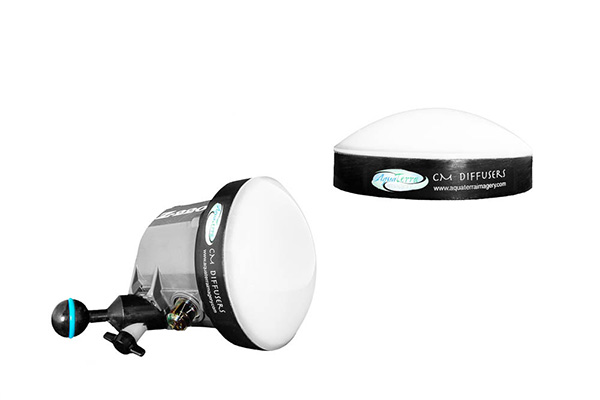
The vast majority of diffusers are simple flat sheets that attach in front of the strobe. An exception to this is Seacam, who provide a curved diffuser. Photographer Clark Miller looked at existing diffuser options that are available and realised that the diffuser could significantly alter the quality of light that is provided by a strobe. Given that we use diffusers to provide a smoother more uniform light effect, it is logical to assume that by shaping the diffuser, we can direct the light more effectively. Clark added a dome shape to his diffusers that means that the light is more uniform across its entire width.
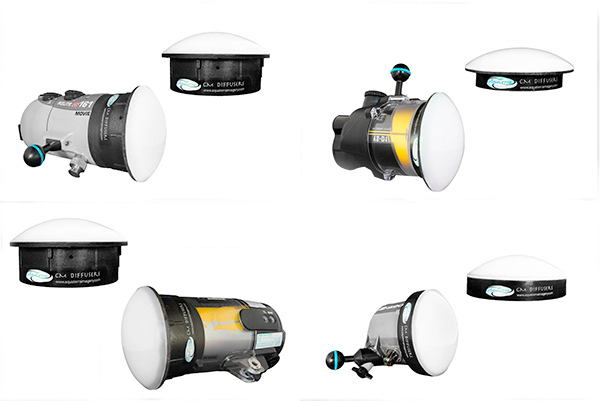
CM Diffusers, as they are known as, are available for Inon Z240/Z220, Ikelite DS161/DS160/DS125 and Sea&Sea YS-D1/YS 250 strobes. In each case, they are a snug push-fit around the rim of the strobe and are available in two opacities, intended for wide-angle with a 60% opacity and macro use with a 40% opacity.
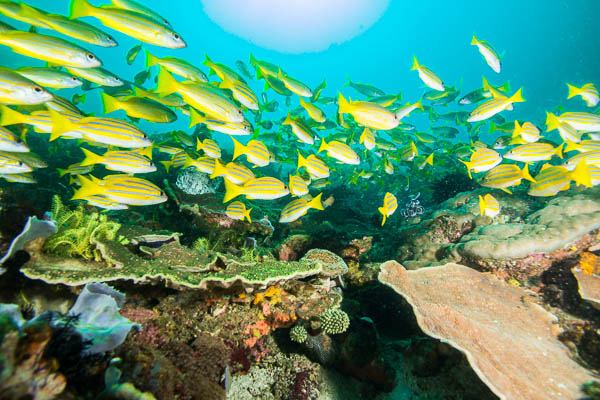
Clark kindly supplied me with a pair of each type for my Inon Z240 strobes and I set out to test them during the diving at home in the UK and during the Wetpixel Lembeh Macro Workshop and the South Komodo Expedition.
The light output by these diffusers is simply gorgeous. It is even, soft and wraps around subjects smoothly. The light output is noticeably better than that provided with most standard diffusers. When shooting wide-angle, most of us seek to get a balanced light effect where the strobe’s output and the ambient light are seamlessly blended, so it is hard to tell where one ends and the other starts in the image. The CM diffuser’s smooth light has no edges so it merges into the ambient light, providing the desired effect perfectly.
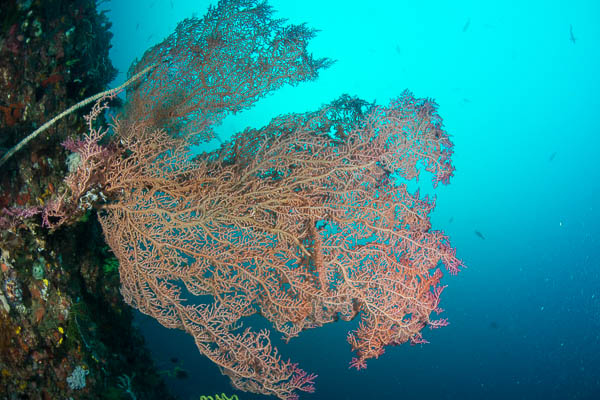
The diffusers are “light hungry” and use up a fair amount of strobe output. If you want to light up “big scenes” with the smaller strobes that the diffusers fit onto, this loss of strobe power output is limiting. Similarly, shooting macro at very small apertures, the strobes need to be moved in close to the subject. This works fine with sedentary subjects!
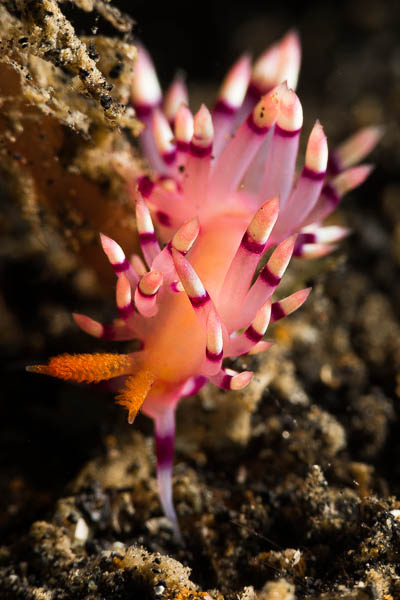
I tend to shoot with my lighting in manual mode (camera and strobes) for both wide-angle and macro. I did not test the diffusers in TTL but I suspect that the reduction in light output will make the camera want full flash dumps with each shot. Careful use of camera exposure controls will help mitigate this, but if you tend to shoot in TTL, you will need to be aware of this.
Clark has mentioned to me that he frequently uses 3 or more strobes in his underwater photography and with the additional output of multiple strobes, the reduction in the amount of strobe output would be more than compensated by the quality of the light.

In order to increase the light on the subject, the strobes need to be turned up, which limits battery life, but perhaps more importantly also means that the color temperature of the strobes tends to be cooler. I found that with two strobes, it was hard to get a good rendition of the blues(!) To overcome this, I reverted to using an older solution: I added a straw filter of Lee 444 gel between the diffuser and the strobe.
The upside of this is that is conditions of challenging visibility, the light is smooth and even and tends not to create too much backscatter. The strobe’s output can be increased without the usual compromise of having to swing the strobes out on long arms or radically angling them away from the subject. They definitely will allow the shooter to get images in poor visibility conditions that would not be possible with conventional diffusers.
CM Diffusers are available for Inon Z240/Z220, Ikelite DS161/DS125/DS160 and Sea& Sea YS-D1/YS250 strobes. They can be ordered directly from CM Products and are priced at $65 each.
FTTC disclosure:
The reviwer purchased the wide-angle diffusers used in this review, while the macro versions were supplied free of charge.